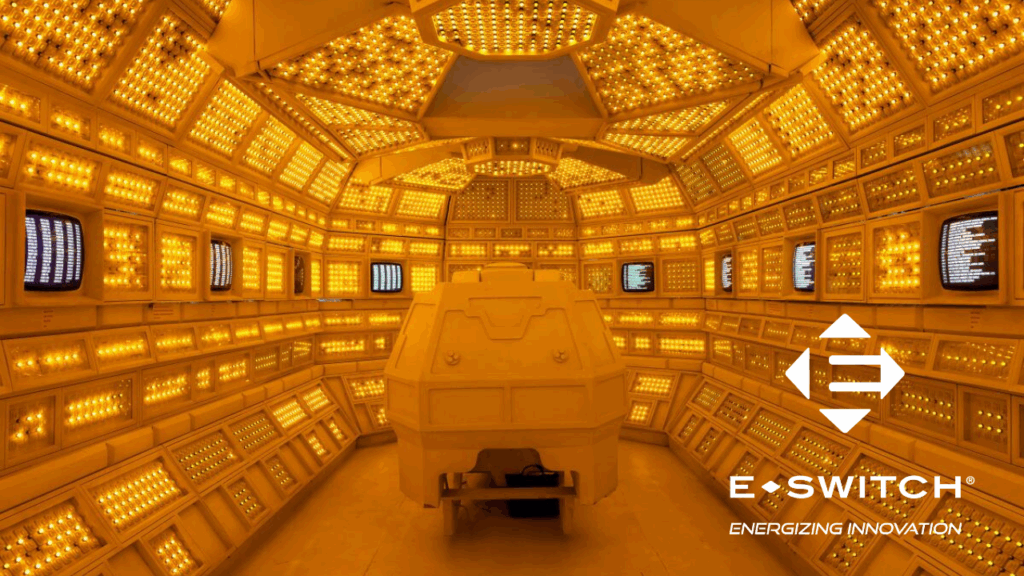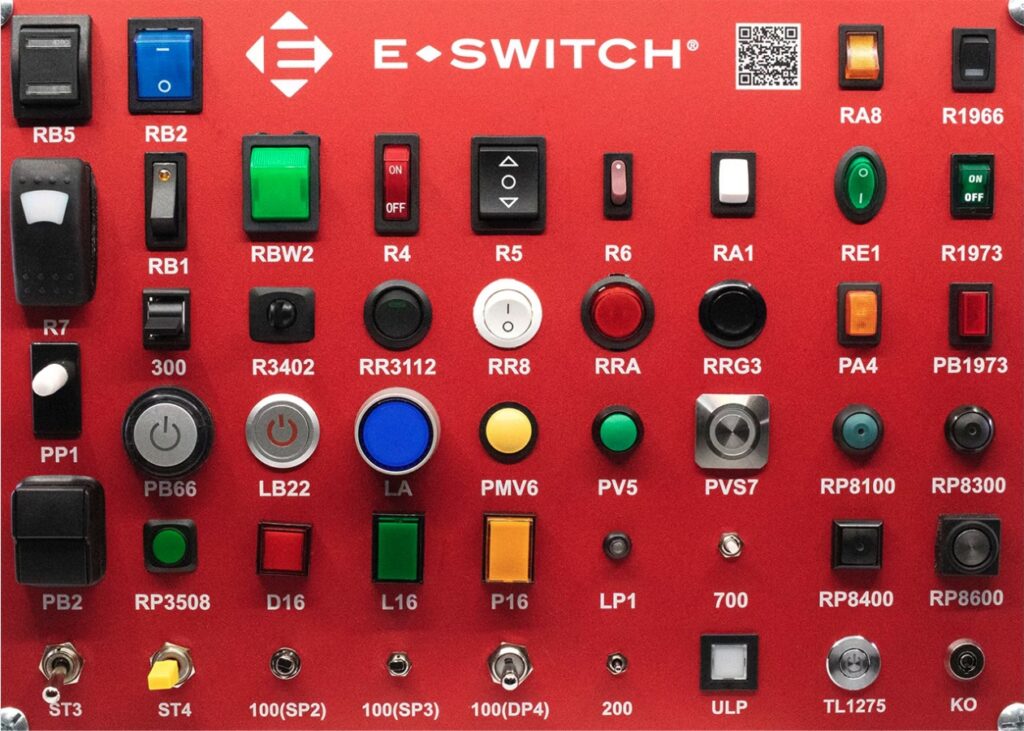If you’re like us here at E-Switch, you’ve been watching FX’s new Alien: Earth series while white-knuckling your way through scenes with your jaw on the floor — not because of the wake of terror left in the Xenomorph’s path, but because of all the gloriously gritty, clicky, blinky buttons!
In film, this aesthetic blend of ’70s-era technology mixed with visions of innovations yet to come is referred to as “retrofuturism.” It’s often used to explore and highlight the inherent tension between the past and future, and this theme was largely present in two classic science fiction films that’ve come to define the genre: Alien (1979) and Star Wars: A New Hope (1977).
When the films originally came out, it was easy to label the creative visions of directors George Lucas and Ridley Scott as falling into the film trope of “zeerust,” which is when things originally designed to look futuristic ultimately come off looking extremely dated only years later. However, here we are almost 50 years after those films were released and the analog-heavy technology of both the Alien and Star Wars franchises continue to withstand the test of time in fascinating ways.
“George Lucas didn’t want anything to stand out,” said Roger Christian, the Academy Award-winning set designer who worked on both Star Wars and Alien. “He wanted it all real and used. And I said, ‘Finally somebody’s doing it the right way!’ All science fiction before was very plastic and stupid uniforms and Flash Gordon stuff. Nothing was new. George was going right against that. My first conversation with him was that spaceships should be things you see in garages with oil dripping and they keep repairing them to keep them going, because that’s how the world is.”
In Alien: Earth, we’re immediately placed on the USCSS Maginot, a deep space research vessel that’s aglow with all sorts of switches, dials and levers, especially within the legendary MU/TH/UR control room. If there’s one thing both Star Wars and Alien nailed in their respective universes, it’s how vehicles (even star-destroying spaceships) will only ever benefit from electing to utilize tactile, responsive and elegantly simple switches rather than complex, insensible, impossible-to-replace touchscreens.
It might look lo-fi or lived-in, but great applications and user interfaces will always be intuitive and flexible.
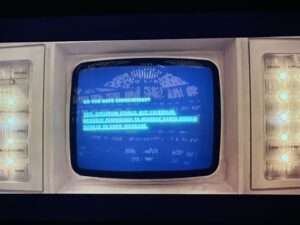
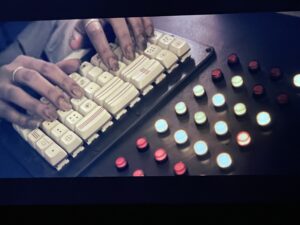
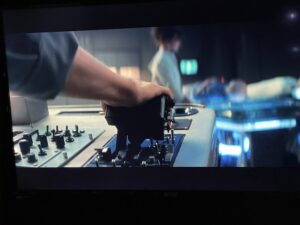
Sure, touchscreens might seem like the best visual representation of the year 2120, but the fact of the matter is that even hundreds of years from now, pilots are still going to prioritize tactile feedback, long life cycles, functionality and fixability (essentially the main benefits of electromechanical switches) over technology that’s unsuitable for rough use and largely irreplaceable when broken. We’re even seeing this presently in the automotive industry, where carmakers are abandoning the touchscreen trend in favor of physical buttons again.
Volume settings, seat heating, fan controls, wipers, indicators and hazard lights are just a few examples of where drivers prefer basic analog controls rather than swiping or jabbing. The physical and audible feedback, as well as the ability to keep your eyes on the road rather than on a screen, is all part of the reason why 89 percent of drivers prefer physical buttons.
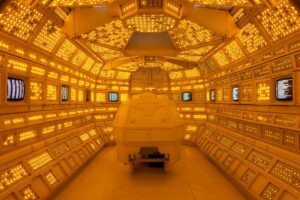
So yes, the look of Alien: Earth is certainly driven by the aesthetic of the original films, but there’s still a large degree of practicality and truth where the switches are concerned.
Looking to create your own MU/TH/UR control room or an application involving panel mount switches? Use our interactive panel mount board to get a better understanding of sizes, benefits and specifications!

